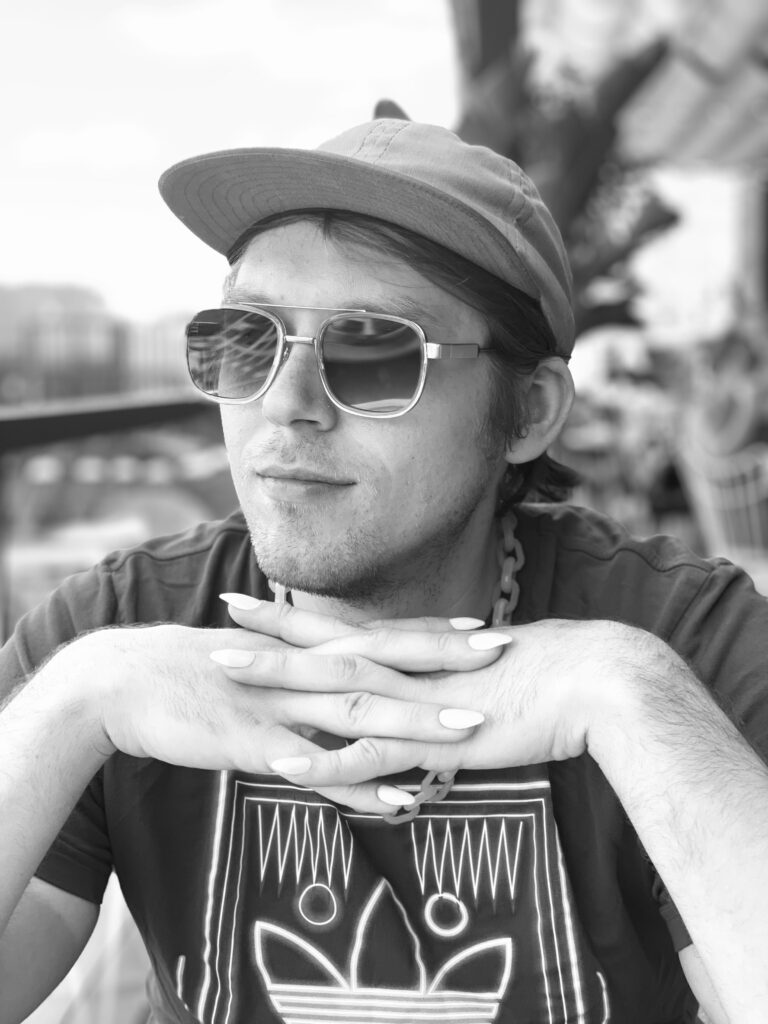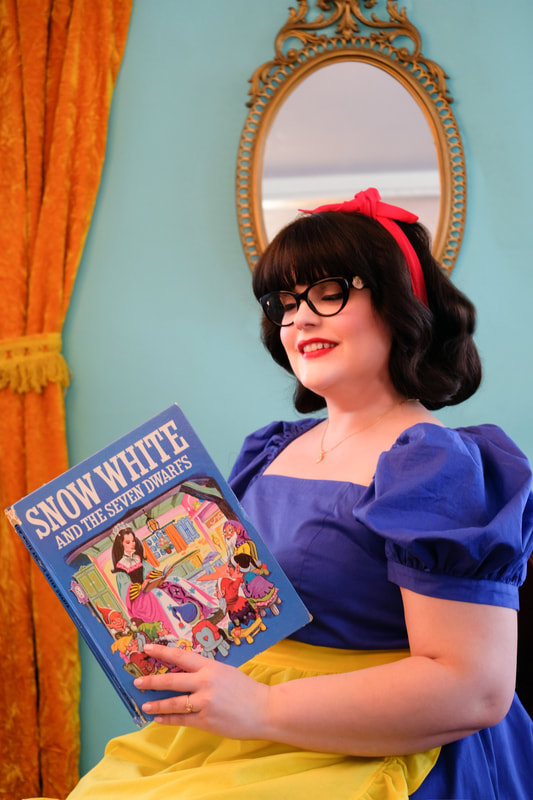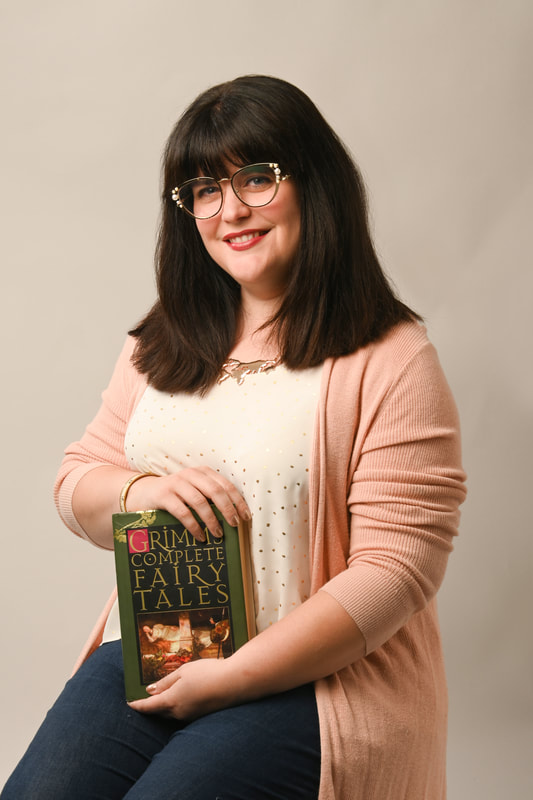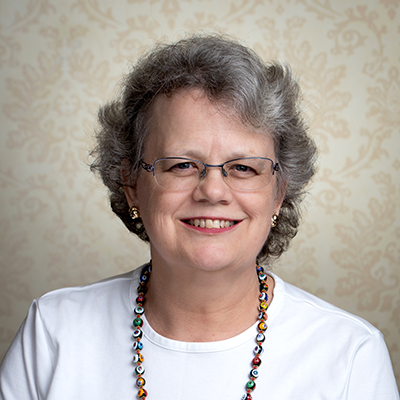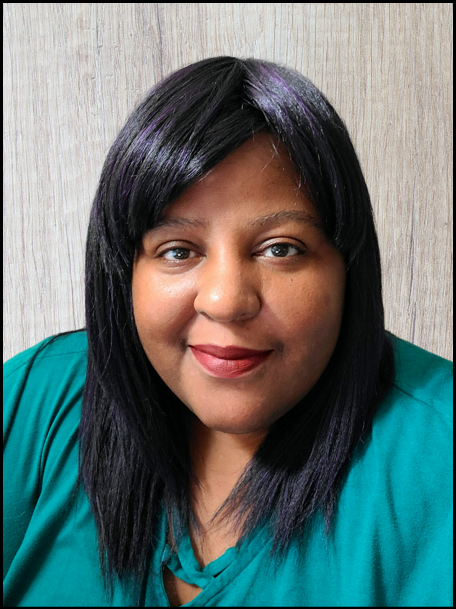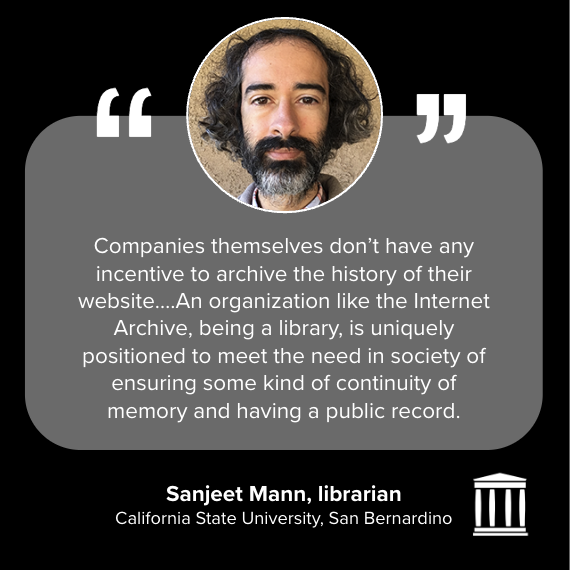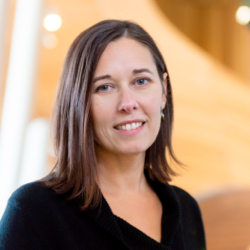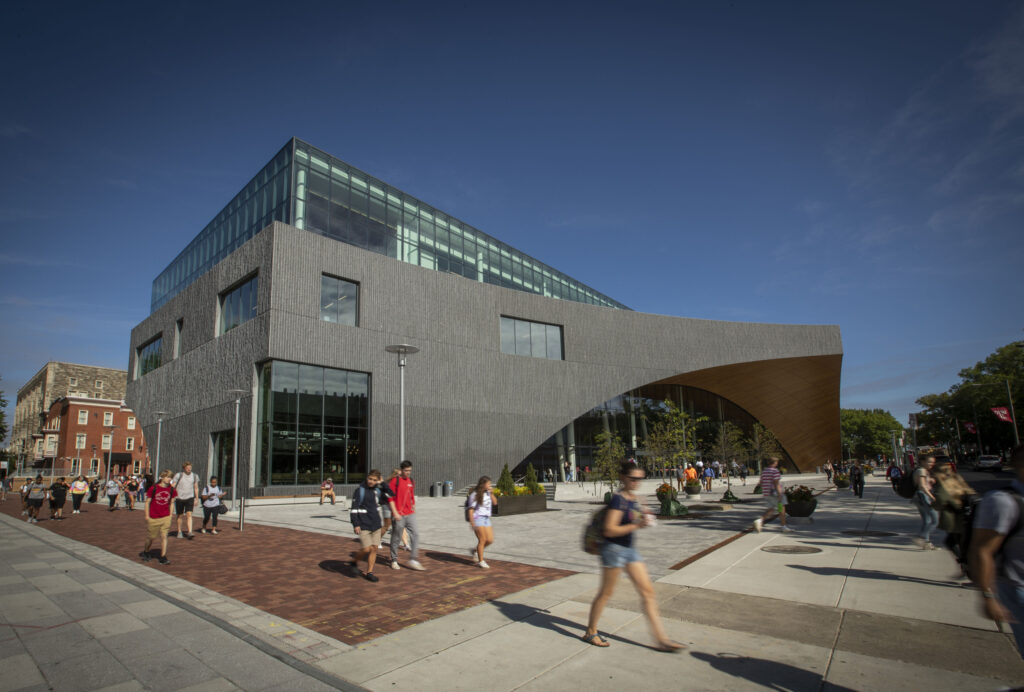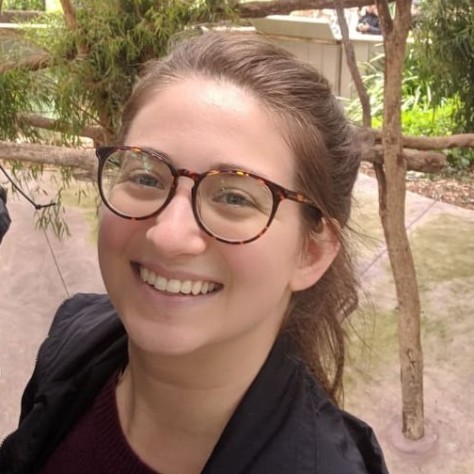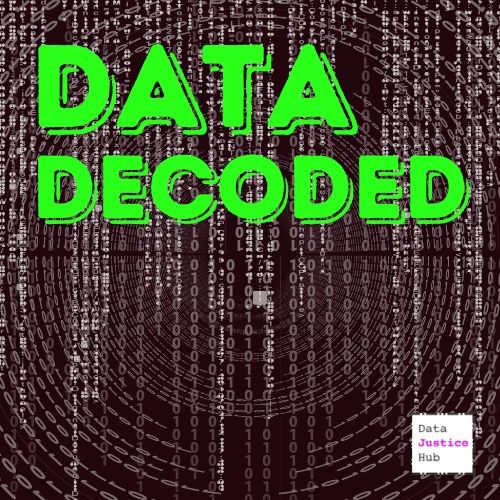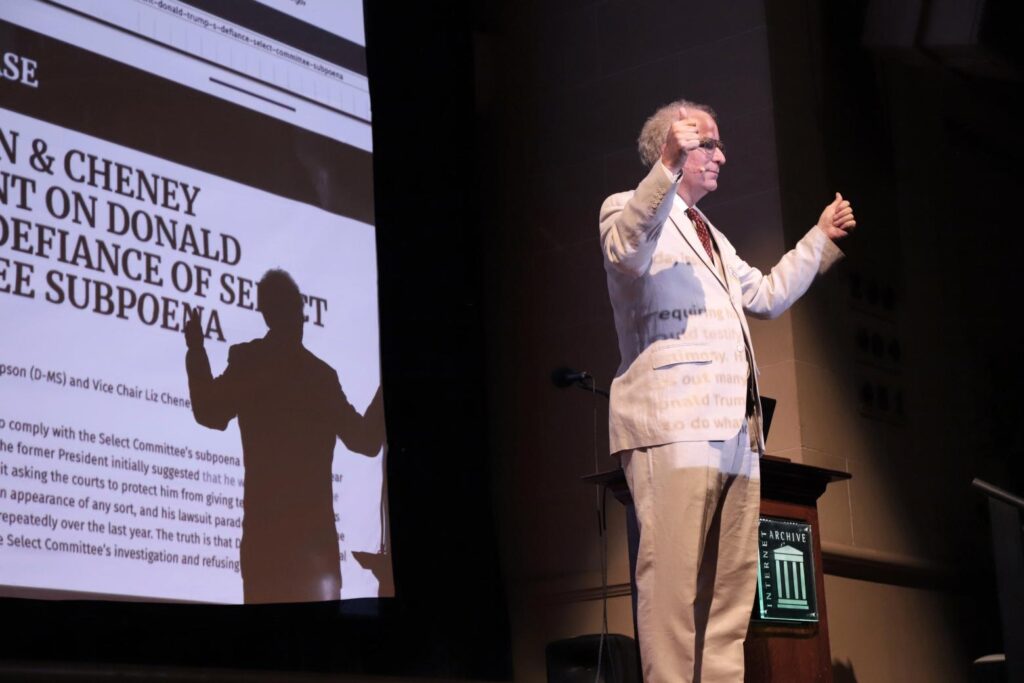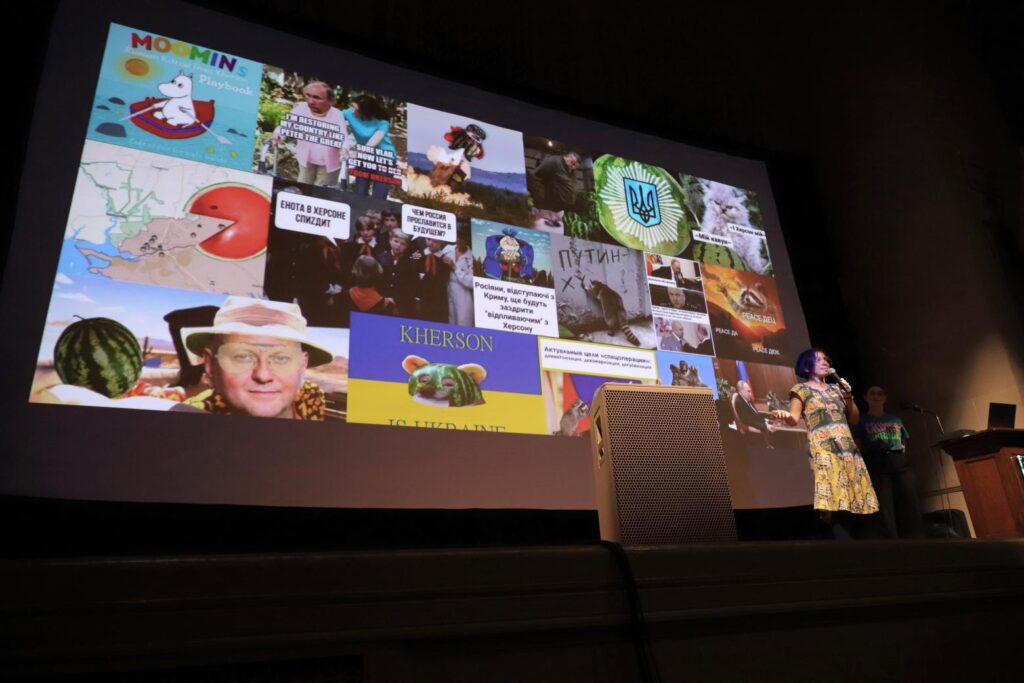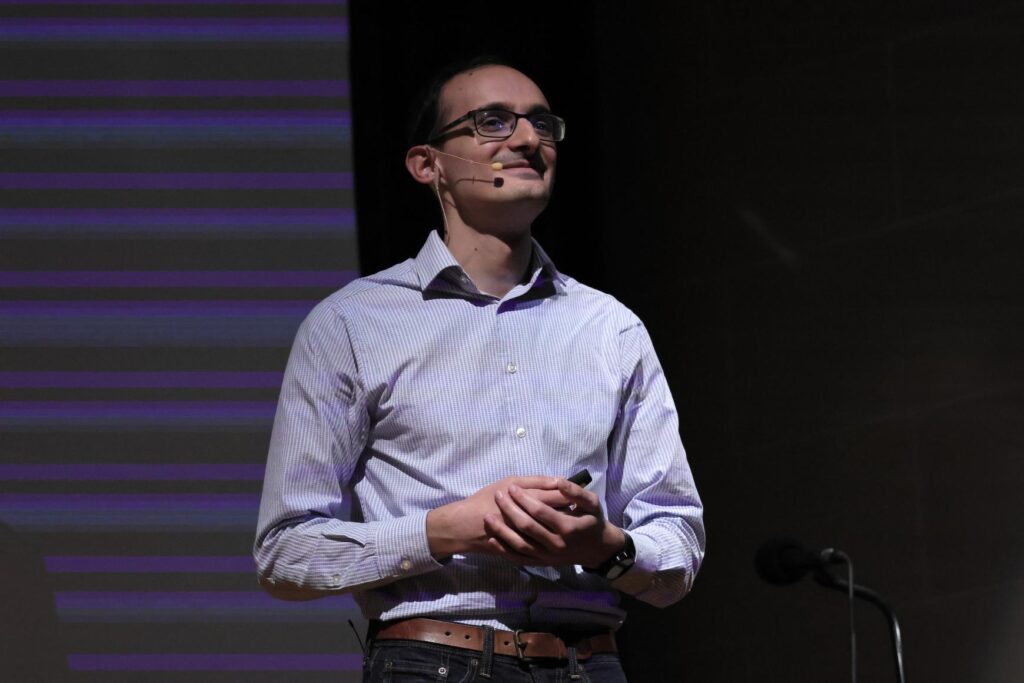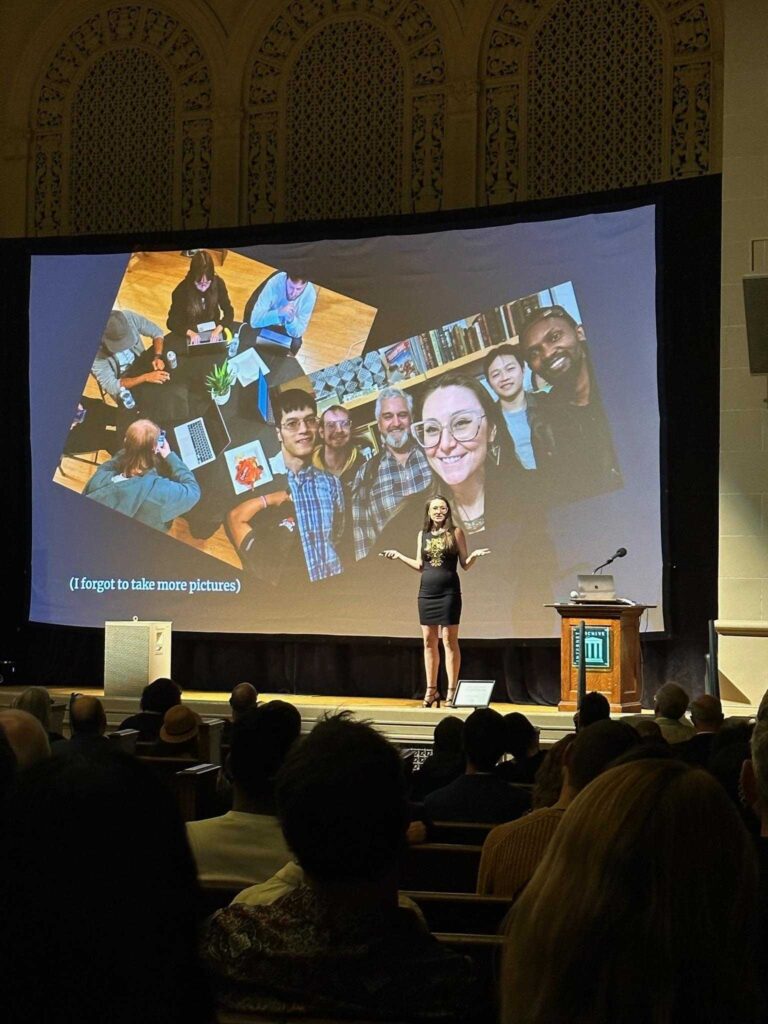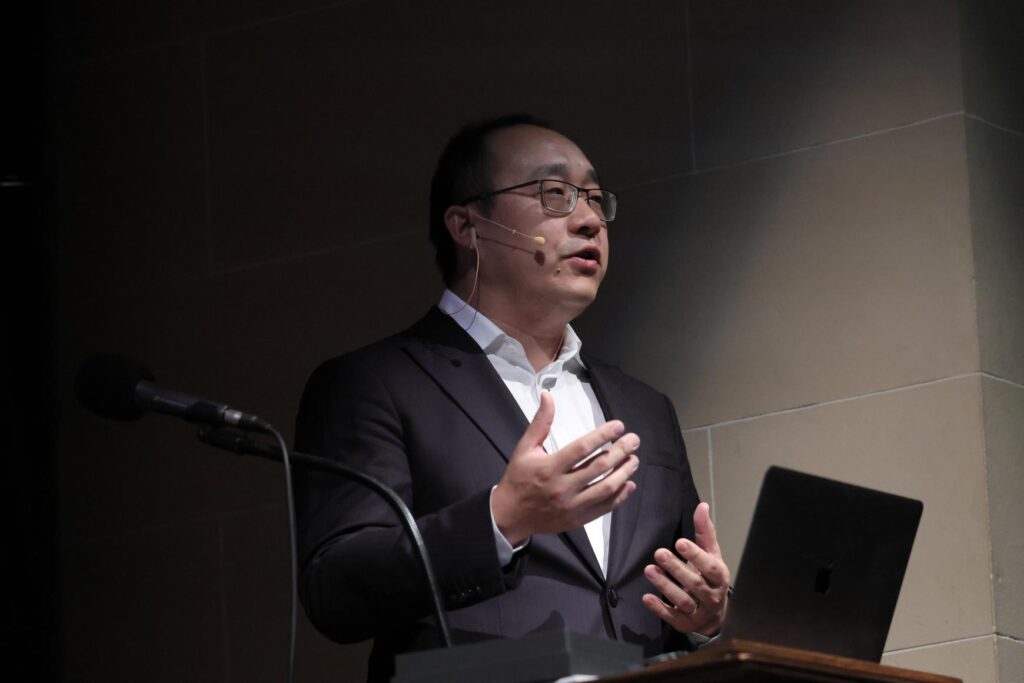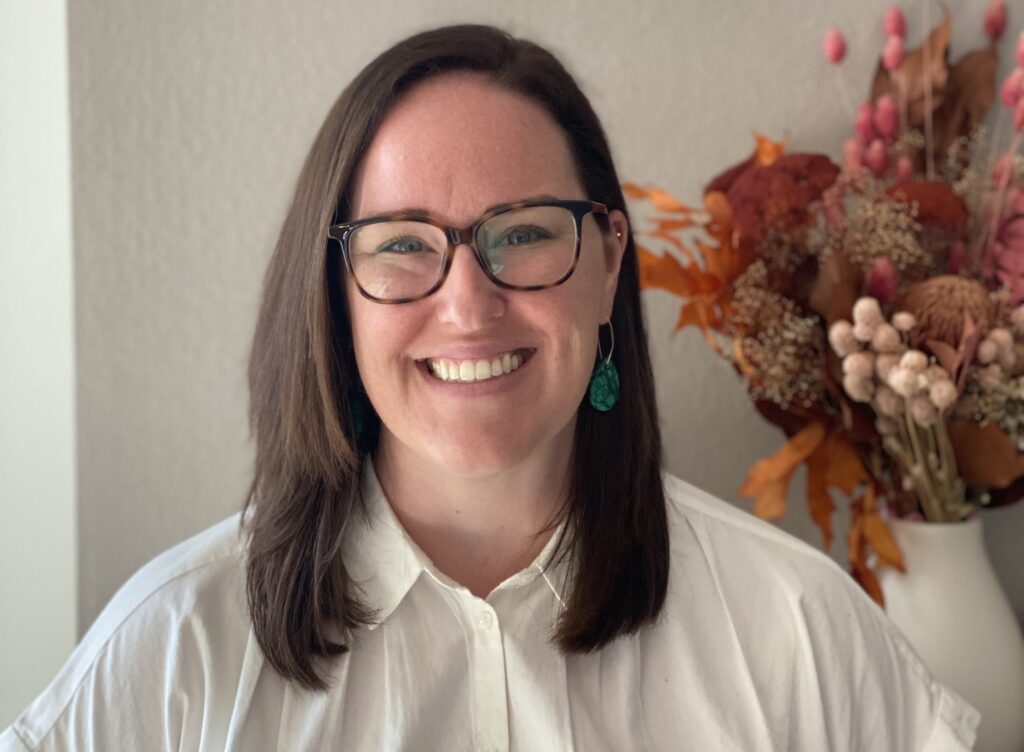As an editorial strategist and tech journalist, JD Shadel spends a lot of time thinking about how the content on the internet continues to rapidly evolve. One telling example they’ve followed closely is the evolution of GIFs. Two decades ago, the web was filled with millions of jittery, pixelated, handmade GIFs wherever you looked. And for many of us, there’s a nostalgia for the early days of the web when things felt a bit wilder and untamed.
That nostalgia for the version of the internet they grew up with is what first sparked Shadel’s interest in collecting old-school GIFs. During the first months of pandemic lockdowns in 2020, Shadel started spending a lot of their extra spare time diving deep into the Internet Archive’s GifCities collection. Shadel’s personal fascination began with under construction GIFs, a rich niche in the GifCities collection full of animated construction workers and tools. Then came seeking out GIFs of Furbies, Tamagotchi, and other cultural touchstones that the 33-year-old came of age with online. Over the next few years, downloading and organizing GIFs became a hobby for Shadel.
Recently, it came time to update Shadel’s professional website. “It’s one of those evergreen chores it’s easy to obsess over as a freelancer, when your website is your calling card for new work,” said Shadel, who found themself digging back through the hundreds of GIFs they’ve curated thanks to the Internet Archive.
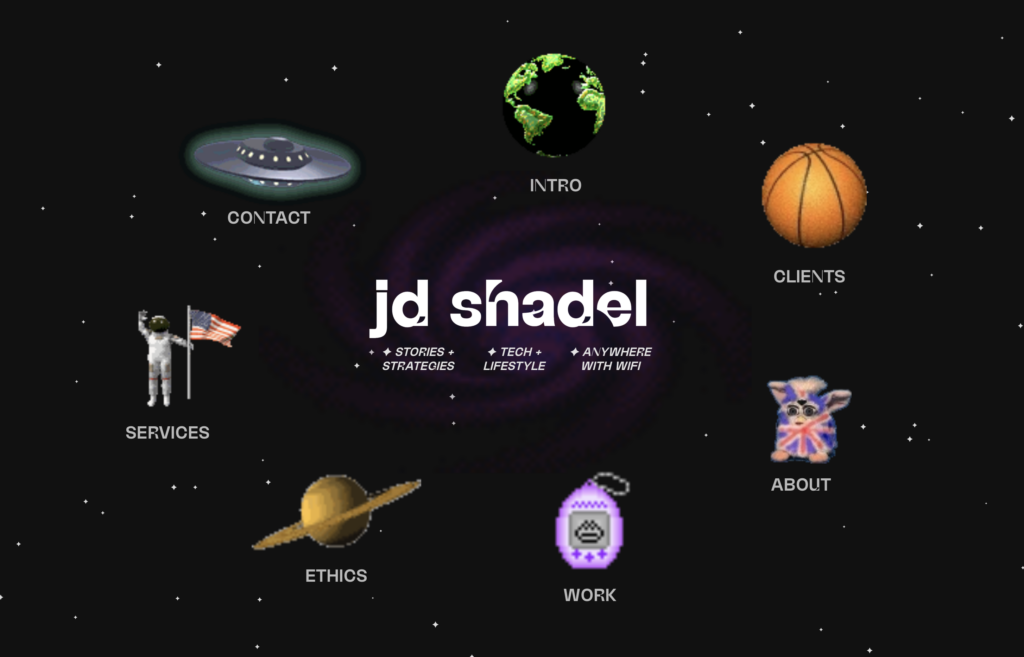
Early cyberspace-themed GIFs became the theme for their new and somewhat unconventional portfolio, which features more than two dozen images sourced entirely from GifCities. Users can, for example, click on a spinning globe for an introduction or a British Furby to learn about Shadel’s background as an American now based in London—including editorial work for outlets such as Vice, The Washington Post, and Conde Nast Traveler and consulting for clients including Airbnb and Adidas.
“I’m so happy GifCities exists to capture that specific snapshot of the internet,” Shadel said. “It really relates, metaphorically, to a lot of my work where the real world and the internet blur, where the digital and the physical intersect.”
In addition to GifCities, the Wayback Machine has also been useful to Shadel. Professionally, it is a resource when reporting and fact checking stories. Personally, they recently found material from a band they played in years ago.
“The Internet Archive just touches my digital life in so many different ways,” Shadel said. “As a journalist, it’s a fact-checking tool. Having the ephemeral internet preserved for future researchers, writers, reporters and editors is a huge service to democracy. And it’s also just fun.”
On the website with its Space Jam-like navigation, Shadel wanted to reference the history of the internet — and maybe even inspire visitors to think more actively about their own role in charting the future. “I think we can reclaim our digital lives and rekindle the notion of ourselves as ‘netizens’—citizens of the internet and not just passive participants,” Shadel said.
“That’s why the work of the Internet Archive is so important,” they continued. “Despite the fact that we have access to more information than ever before, it’s really easy to forget digital histories and the lessons that we can learn from that.”
Shadel’s writing touches on a range of intersecting topics—such as tech, travel and queerness—but the one thing they hope everyone takes away from their work is the idea that we’re all netizens with a role to play in shaping what we want these shared public spaces to be.
“If we all have some shared sense of ownership of the internet, which is so involved in our lives, I believe we have a greater chance to make it better.” Sometimes, that can start in simple ways—in this case, building a DIY website with a bunch of old GIFs reminded one tech journalist in London that there are lessons we can take from the early internet. “We all have a part to play in making the internet a better place.” And at the least, they hope you enjoy the GIFs they’ve selected.

